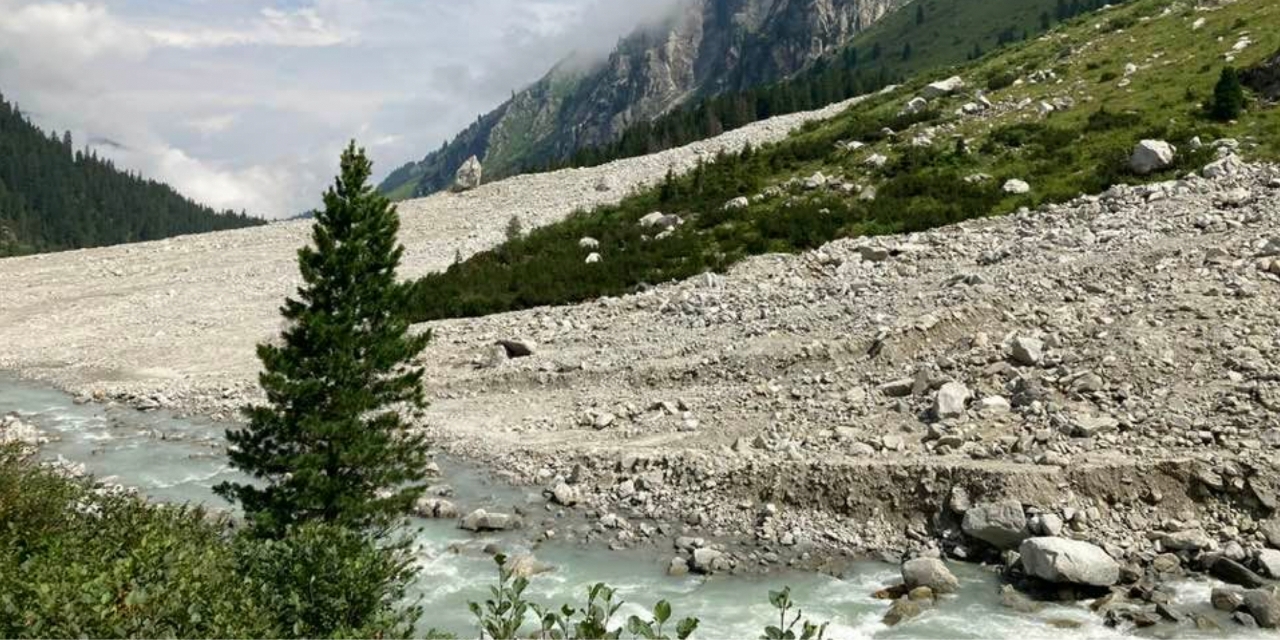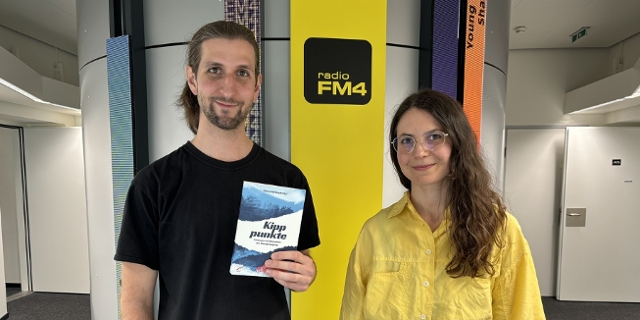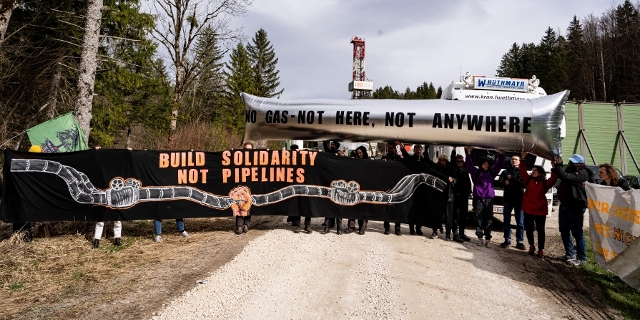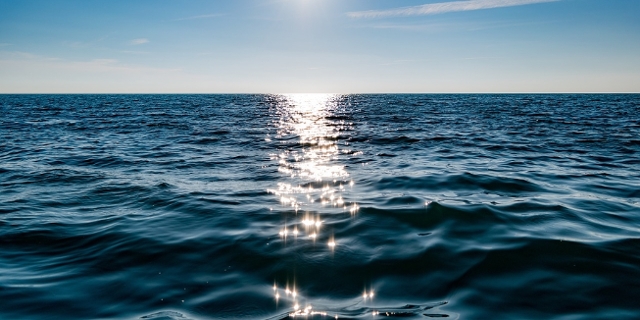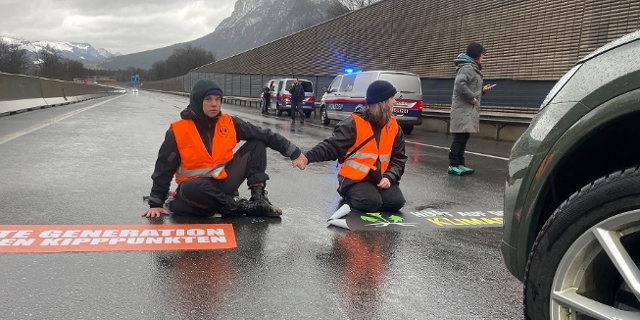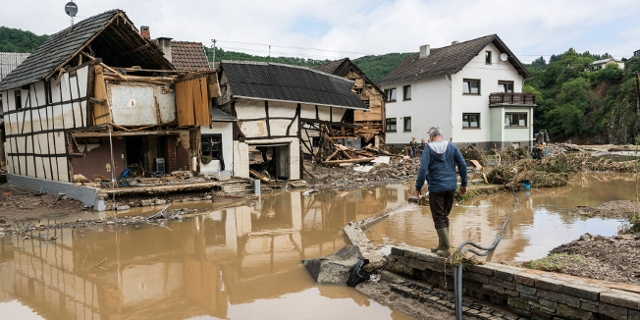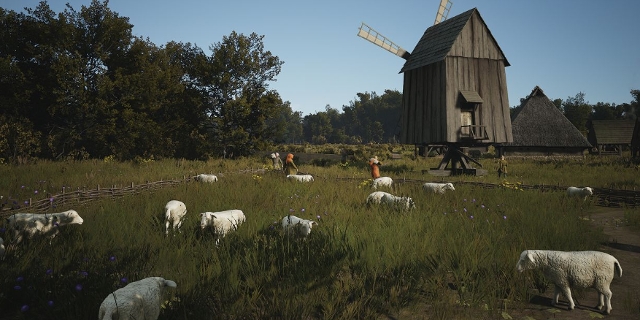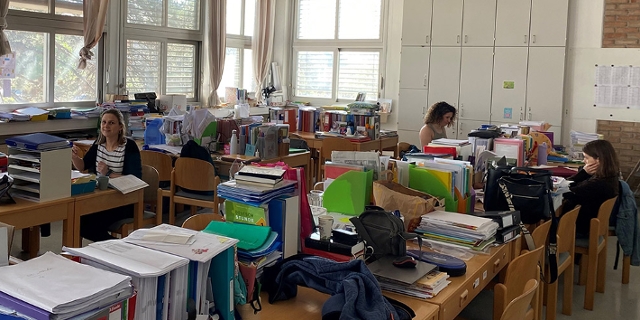Mountain Erosion: Recording The Crumble
High up in the Obersulzbachtal in the Pinzgau region of Salzburg the mountain seems to have crumbled down into the valley. A giant rockfall has created a grey moonscape among the deep greens of the Hohe Tauern national park.
Here on the Sattelkar, at over 2,000 metres of altitude, the vegetation is all gone. Once a reserve for mountain deer, the landscape now littered with rocks, some the size of houses. 2,700,000 tonnes of rock debris are now spread over 14 hectares of mountainside; a dangerous field of crevices which is constantly on the move.
The rock is a glacial cirque, a bowl-shaped depression formed by the erosion of glaciers and is a key point for researchers trying to understand how global warming is impacting Alpine stability and safety.
"You just hear the mountain eroding.”
These masses are now sliding downhill at speeds between 10m to 100m per year, the rocks crumbling down between gullies. When you move away from the roar of the nearby river, indeed, you can hear the earth moving.
Since the noise heralds the increasing fragility of the high-mountains, I find the sound spooky, but Dr. Ingo Hartmeyer, from Georesearch in Salzburg admits he finds the sounds “very intriguing and very exciting.” Ingo is trying to study the forces that are crumbling the mountain and he says his work will help us better understand the threats we face and better prepare to cope with them.
“I like to call the sound geomorphology live,” he says, “You just hear the mountain eroding.”
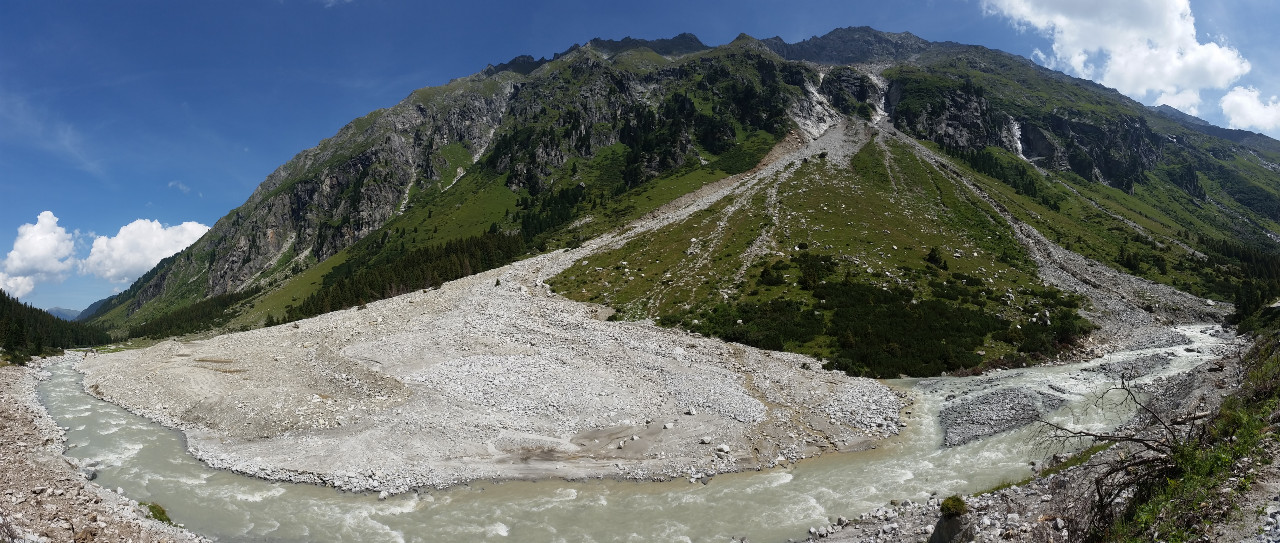
Sarah Wendl
Over the course of many millennia mountains have been constantly eroding as part of natural processes. However, since the industrial revolution, we have actively warmed the planet with our extravagant carbon emissions and this as caused more dramatic change.
“The frequency of events is different than it was like a hundred years ago. The magnitude of events is different,” he tells me.
„It’s accelerating at an alarming pace.“
“Mountains are eroding. Rocks are falling. Glaciers are melting. Sure that’s a natural process, but it’s accelerating at an alarming pace. And this is what is so concerning about it,” says Ingo
Our carbon emissions are impacting the climate everywhere, but Alpine areas have been particularly affected. Temperature increases in the high alps have risen at double the rate of the global average since pre-industrial times.
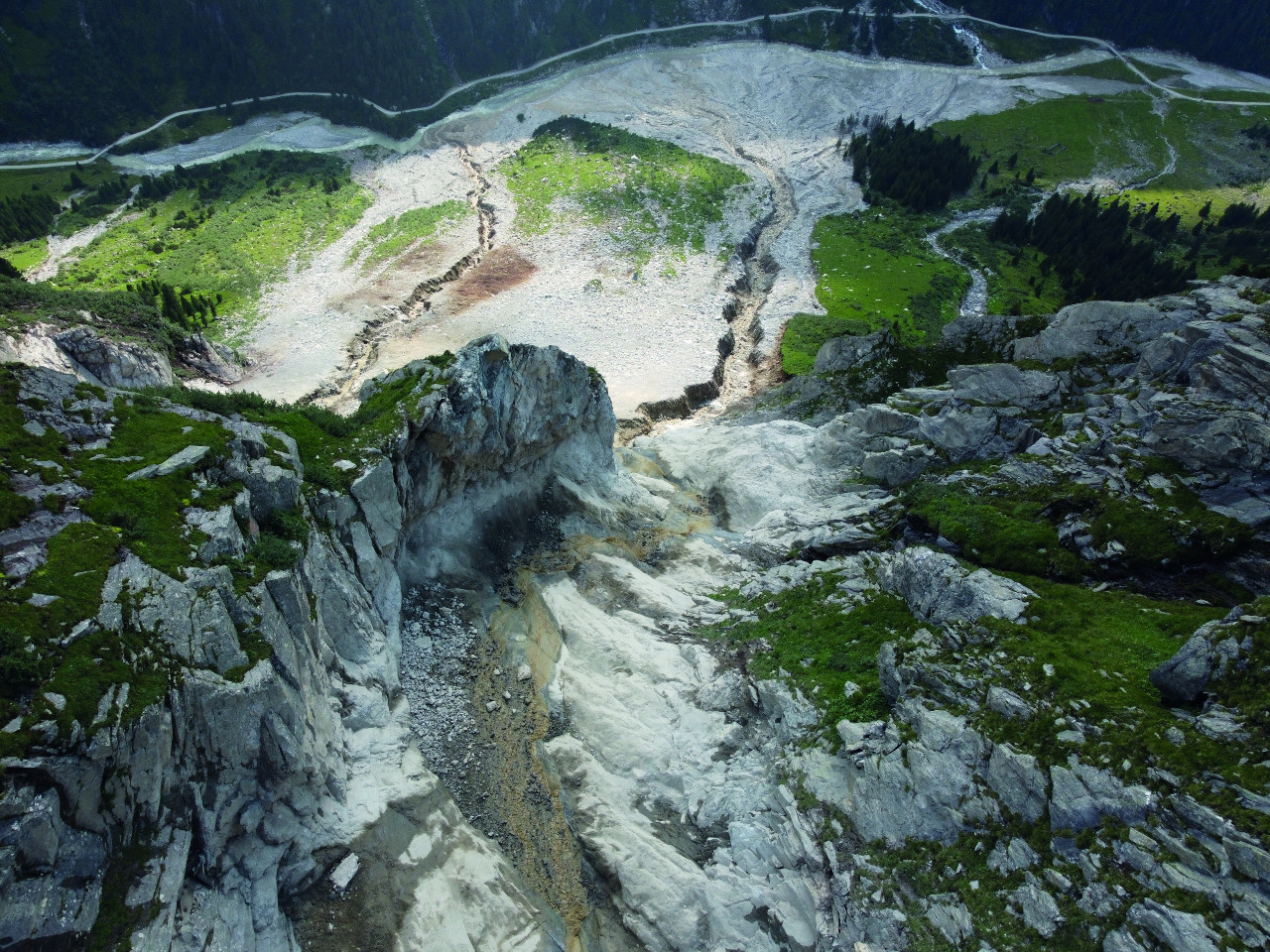
Georesearch/Keuschnig
A lot of these changes to mountain stability are linked to the thawing of permafrost, earth that should be constantly frozen but that is now melting. It is seen as a sort of glue that has given mountainsides stability:
“When it’s warming, rock stability is decreasing,” explains Ingo. “We know this from laboratory experiments where rock samples are tested and the strength of the rock is decreasing. And if rock stability is decreasing, we are seeing an increase in rockfall events. And this rockfall in some areas affects infrastructure like cable cars, like roads. In some cases, settlements are affected.”
Just to list some of the more recent events in our news, there was a deadly rockfall in the Bärenschützklamm in Styria as well as a spectacular case in the Stubai valley last year, in Längenfeld near Imst and on the Dachstein a year earlier.
"The most expensive thing we can do is not take any action now.”
Repairing all this infrastructure costs millions of euros every year; one of the many costs of the climate crisis. We talk so much about the costs of climate action, but these are dwarfed by the costs that we are already paying because we have spent so many decades denying the problem and refusing to cut emissions.
“On so many levels, the costs of natural hazards that result from climate warming are enormous,” says Ingo. “And they will certainly grow. And every action that we take now costs money, but it saves a lot of money. The most expensive thing we can do is not take any action now.”
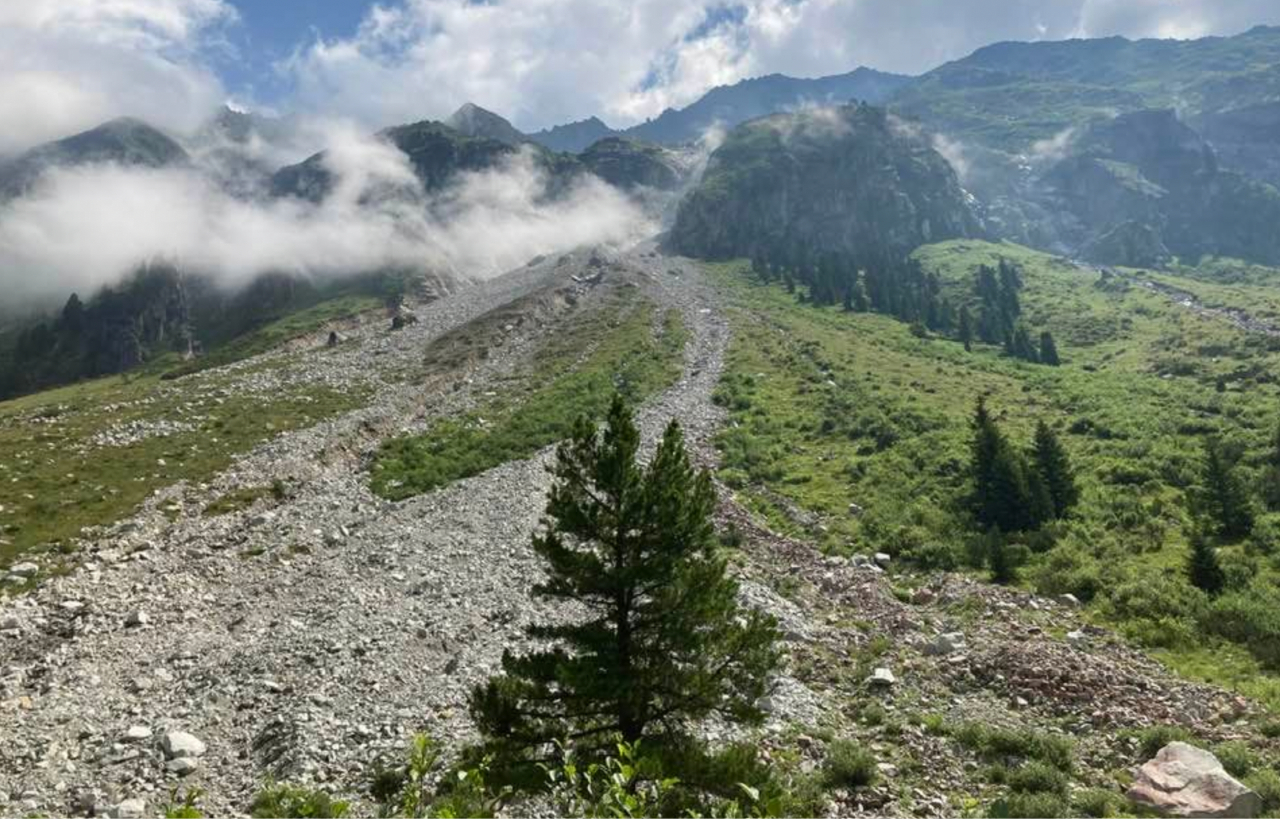
Chris Cummins
A Stitch In Time Saves Nine
We have been reluctant to invest in climate action and even in the research that would help us understand it. Like many scientist Ingo faces a constant struggle to get the funding to carry out his research and pay the wages of the scientists trying to understand the problem.
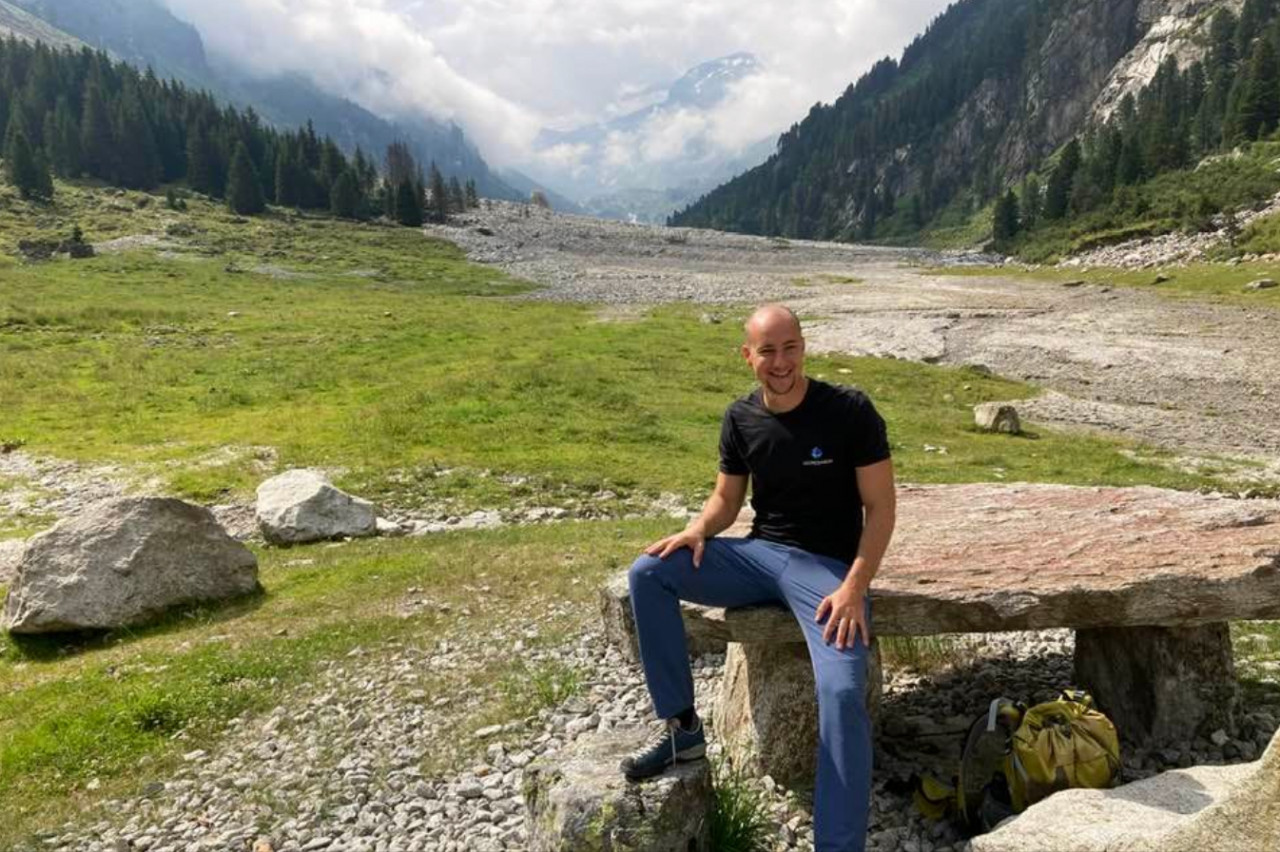
Chris Cummins
That is why Ingo is grateful to the Hohe Tauern National Park for supporting his experiments on the Sattelkar. “It’s the permafrost warming that causes local problems. And we have to identify these local problems as scientists. We have to understand how and where things are changing and then react with tailor made measures.”
Hi-Tech Research
His team’s research in the high mountains is incredibly hi-tech, using all sorts of methodology including drones, terrestrial laserscanning, electrical resistivity tomography and all sorts of other terms I had to google.
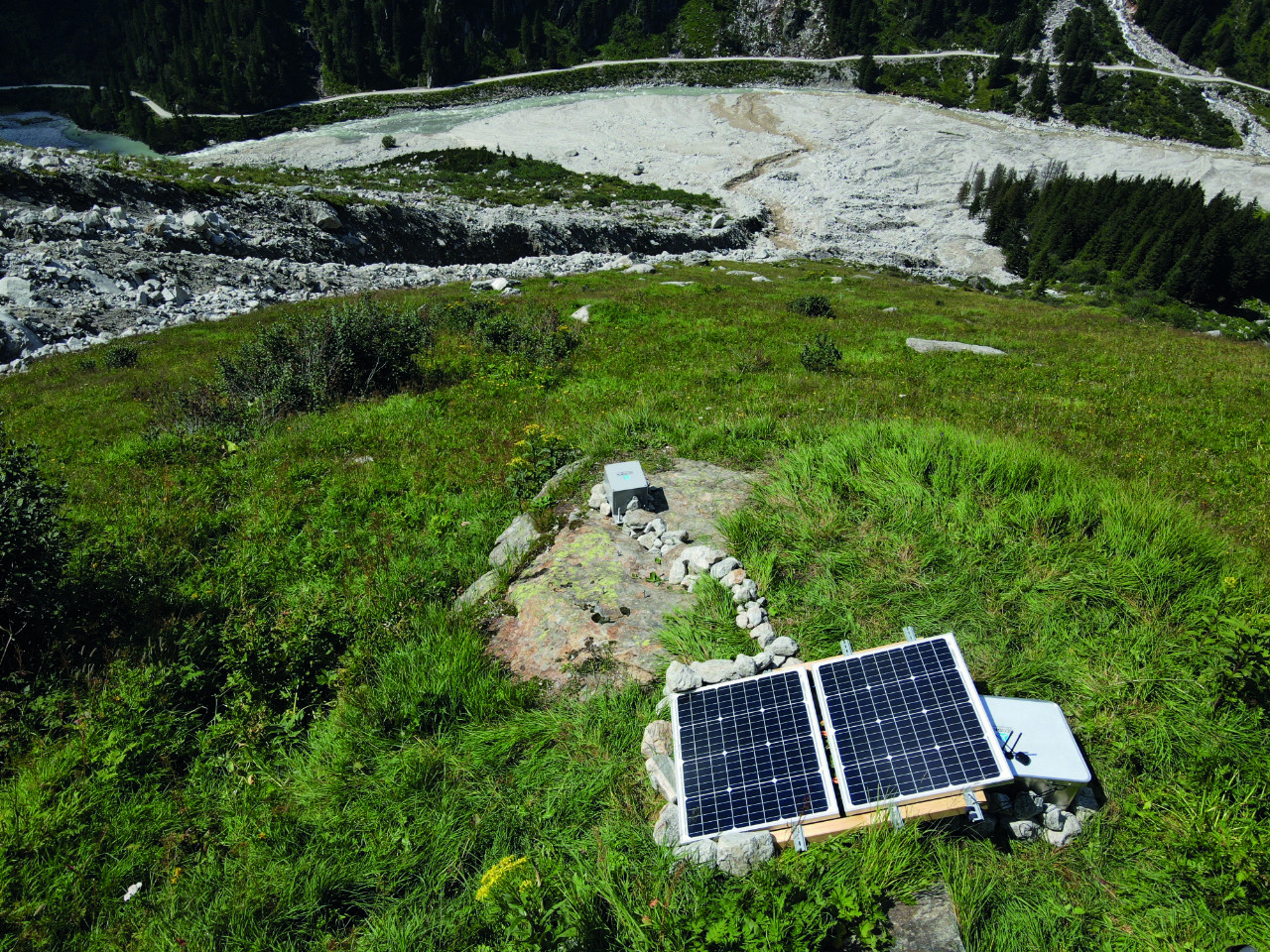
Georesearch/Keuschnig
“Right now, we are we are able to quantify glacier retreat and rockfall in a way that was not possible ten or 20 years ago. So we have new instruments to identify these changes, to quantify these changes, and to exactly understand how these changes are controlled by atmospheric warming.”
This thorough understanding, he says, is the most basic requirement for efficient measures of adaptation. “Understanding a rockfall event or a rockfall process is vital for us to devise efficient, cost-efficient and time-efficient measures.”
Publiziert am 19.07.2022







